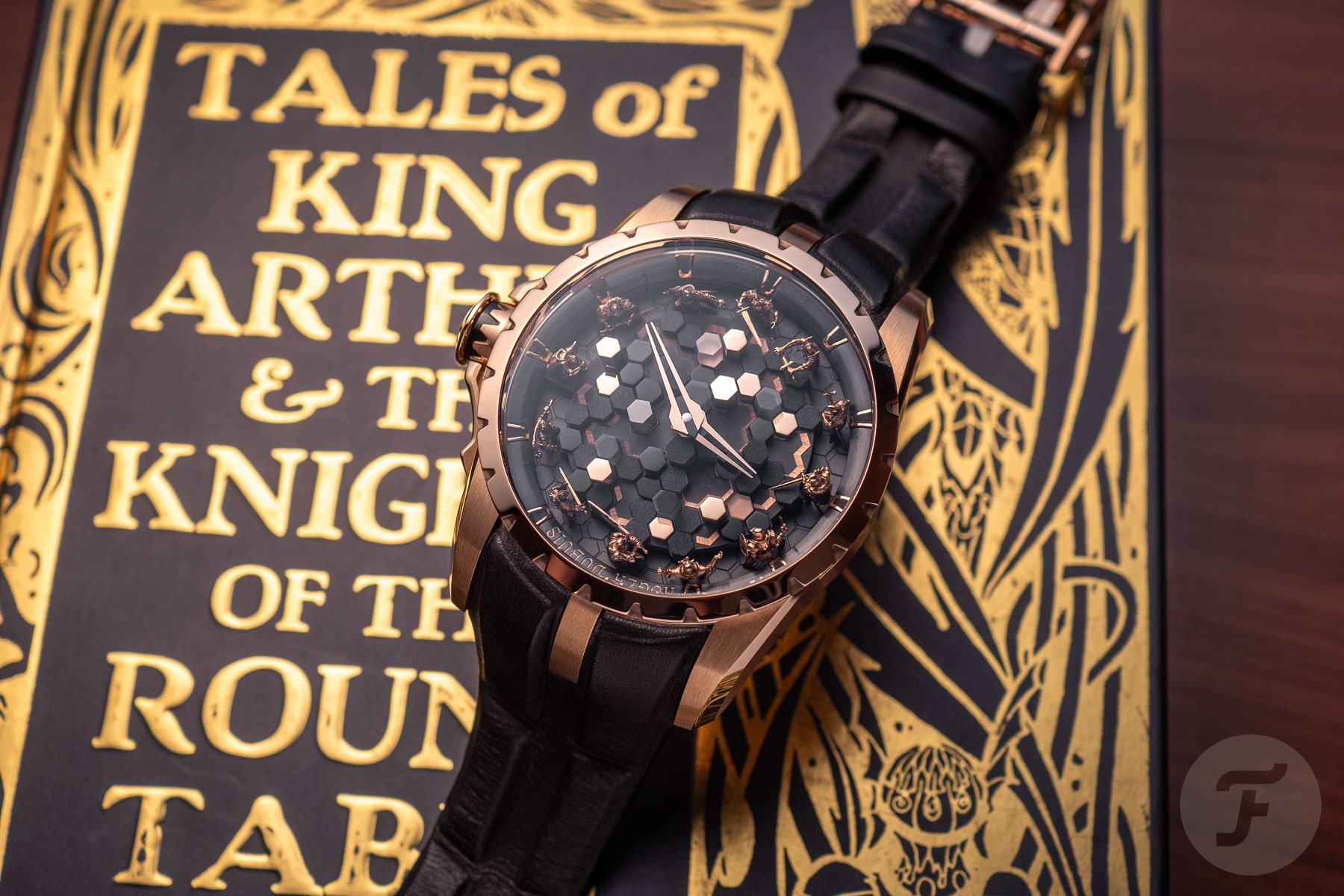Antimagnetic Attraction: Testing the Rolex Milgauss

The updated version of the 1950s? Rolex Milgauss is a hit among Rolex fans. Is this re-engineered classic, with its improved protection against magnetism, worth the investment" Writer Jens Koch and photographer Nik Schölzel find out in this test feature from the WatchTime archives.
Magnetic fields are invisible and do not greatly affect the human body. Maybe that’s why we don’t think about them very much, even though our high-tech world is full of them, generated by all sorts of devices, from motors to loudspeakers. Unlike the people who wear them, however, mechanical watches are extremely susceptible to magnetic fields. When parts of a watch?s movement become magnetized, its rate accuracy is disturbed, causing frustration for its owner. Rolex addressed this problem in the 1950s with the introduction of its Oyster Perpetual Milgauss model. The name comes from the French mille Gauss, referring to the watch?s protection from magnetic fields up to 1,000 gauss (named after physicist Karl Friedrich Gauss, a gauss is a unit for measuring the strength of a magnetic field). This level of magnetism, which corresponds to 0.1 Tesla or 80,000 vph, is 100 times higher than that of a typical horseshoe magnet. It would take levels such as those found in an MRI scanner to affect the watch?s functioning. After devoting considerable time and effort to the development of the recent reissue of the Milgauss, Rolex introduced it at the Baselworld watch fair in 2007. Its inner c...
| -------------------------------- |
|
|
Introducing – The Bremont Terra Nova 40.5 Date Caramel Limited Edition
31-10-2024 04:00 - (
Luxury Watch )












